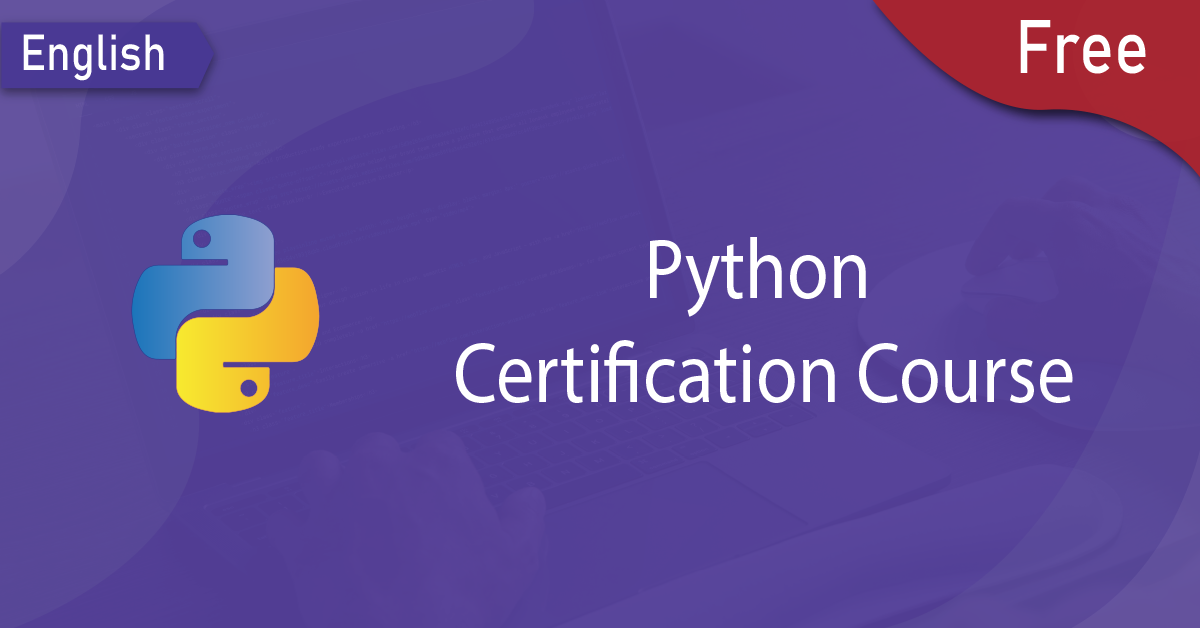What Does // Imply In Python?
페이지 정보
작성자 Caroline 작성일 24-12-27 03:41 조회 71 댓글 0본문
In Python, you employ the double slash // operator to carry out flooring division. This // operator divides the first number by the second number and rounds the result right down to the closest integer (or whole quantity). In this text, I'll present you how to make use of the // operator and evaluate it to regular division so you'll be able to see how it really works. It doesn’t finish there, though - additionally, you will learn a few Python math technique that is synonymous with the double slash // operator. To use the double slash // operator, you do issues nearly like in common division. When you're working with knowledge in Python, for loops can be a powerful instrument. But they may also be a bit bit confusing when you are just beginning out. In this tutorial, we'll dive headfirst into for loops and learn the way they can be used to do all kinds of fascinating issues when you are doing data cleaning or information analysis in Python. Please check out our Comprehnsive Python training institutes Guide for a structured learning experience. What Are For Loops?
For instance, math library. If we would like to make use of the pi variable we use import math and then math.pi. To import variables from one other file, we should import that file from the current program. It will provide access to all of the methods and variables available in that file. We are able to use any Python supply file as a module by executing an import statement in some other Python supply file. Flags let you management whereas loops externally. Now let‘s discover nesting loops and loop management statements. We can have loops inside loops, known as nested loops. Each "inside" loop finishes all its iterations before the "outer" loop advances. The outer loop publishes each article, the internal handles all the publishers. These permit finer grain management over loops. Next let‘s have a look at a complicated Python characteristic for working with loops and lists.
This makes it tough to arrange our program into logically encapsulated parts which do not affect one another in unexpected methods. If a perform must access some external value, we must always go the value into the perform as a parameter. If the operate is a technique of an object, it is sometimes applicable to make the value an attribute of the same object - we are going to focus on this within the chapter about object orientation. There are lots of various kinds of exceptions, and they are all raised in particular conditions. IndexError - raised whenever you attempt to index a listing, tuple, or string beyond the permitted boundaries. KeyError - raised whenever you attempt to entry the value of a key that does not exist in a dictionary. NameError - raised when a name that you're referencing in the code doesn't exist. TypeError - raised when an operation or perform is utilized to an object of an inappropriate kind. ZeroDivisionError - raised whenever you try to divide by zero.

Good documentation helps other builders understand how to make use of your function appropriately. How can I check my Python functions? You can take a look at your Python functions utilizing unit exams, that are small code snippets that confirm the habits of your features. By writing unit checks, you'll be able to be sure that your functions work as anticipated and catch any potential bugs early in the event process. Python supplies libraries like unittest and pytest for writing and running exams. In Python 2.5, a new keyword was launched in Python together with a brand new technique for code reuse: the with statement. The concept of context managers was hardly new in Python (it was applied earlier than as part of the library), but not until PEP 343 was accepted did it obtain status as a primary-class language assemble.
The syntax of Python programming represents the principles or structure that management the structure of the key phrases, symbols, punctuation, and other tokens of Python programming. Without syntaxes, programmers won't be capable of extract the meaning or semantics of a language. Even human languages akin to English have syntaxes that we study by way of the topic known as grammar. It teaches us methods to properly place each part of speech in the sentence to make it meaningful. Without syntax, it's nearly impossible to make the interpreter perceive what the programmer needs to convey to the pc by the logical codes. Additionally, syntaxes are something, whose which means and structural understanding is already feed to the Python interpreter. So, every time a programmer writes something within the Python script and tries to run it utilizing the Python interpreter, the interpreter can understand it and execute the specified output. However, if the interpreter couldn't parse the which means of the syntax, it might lead to error.
댓글목록 0
등록된 댓글이 없습니다.
